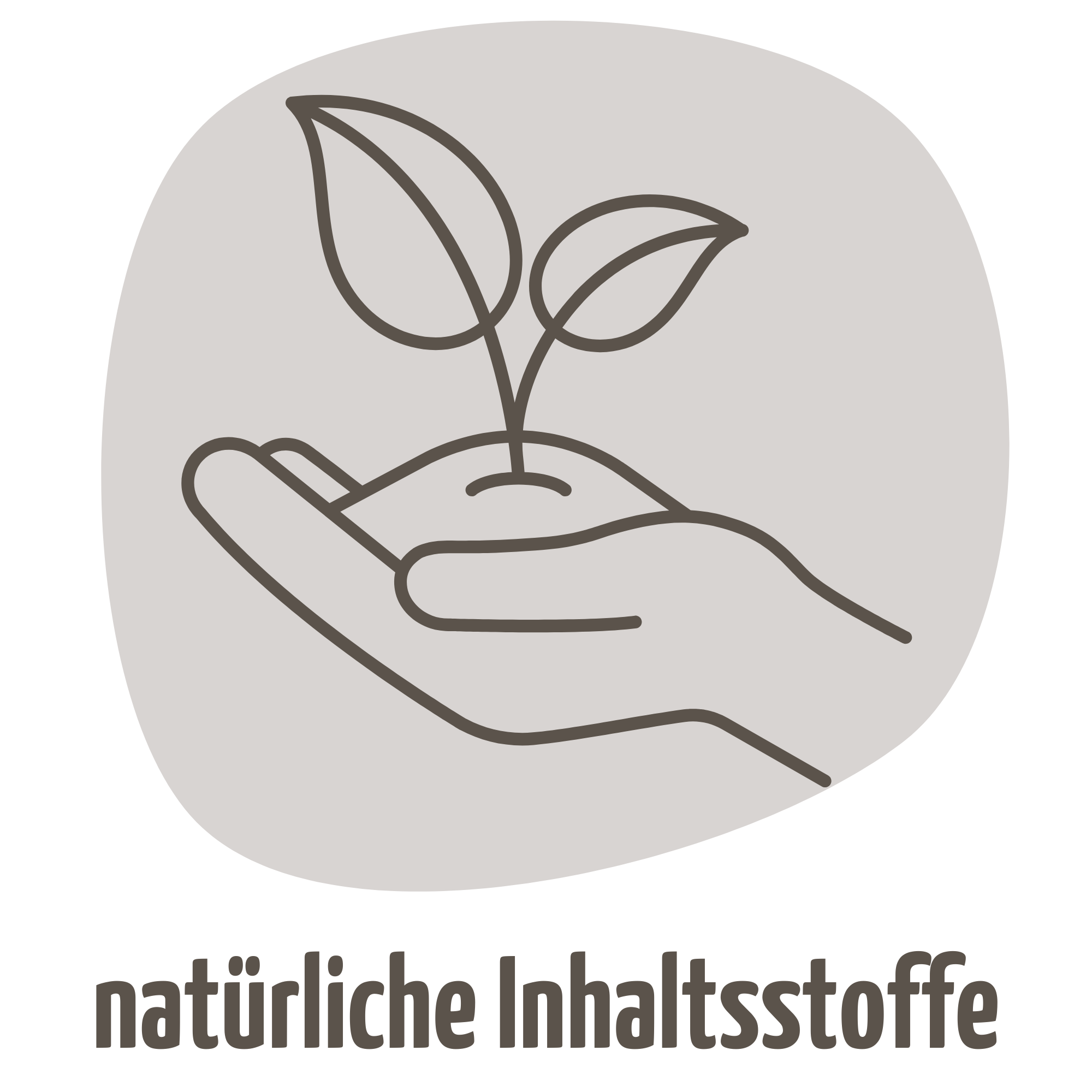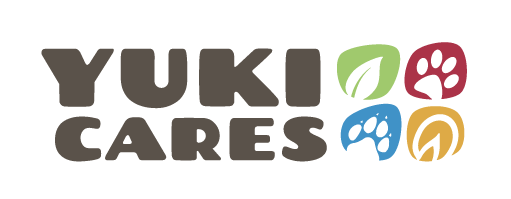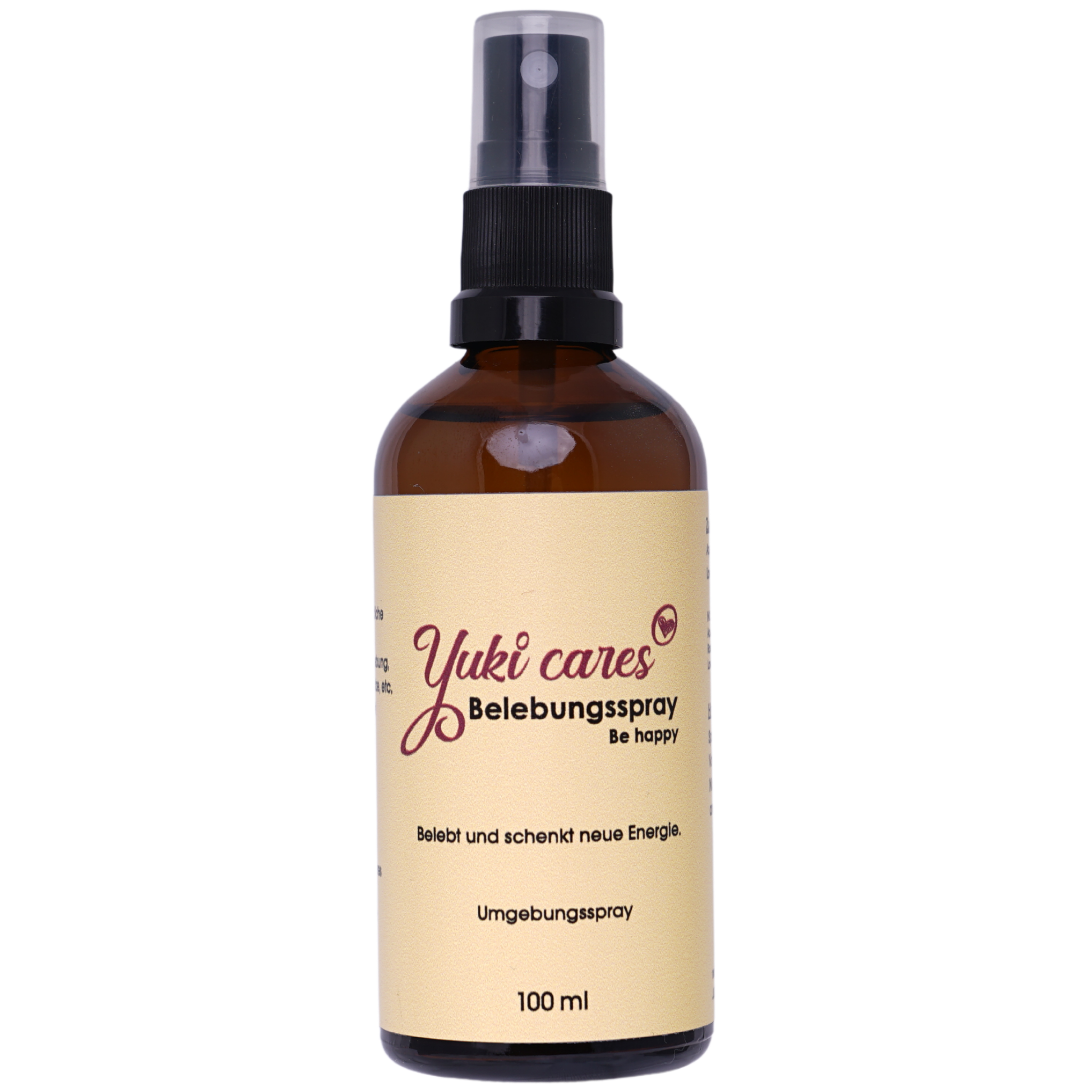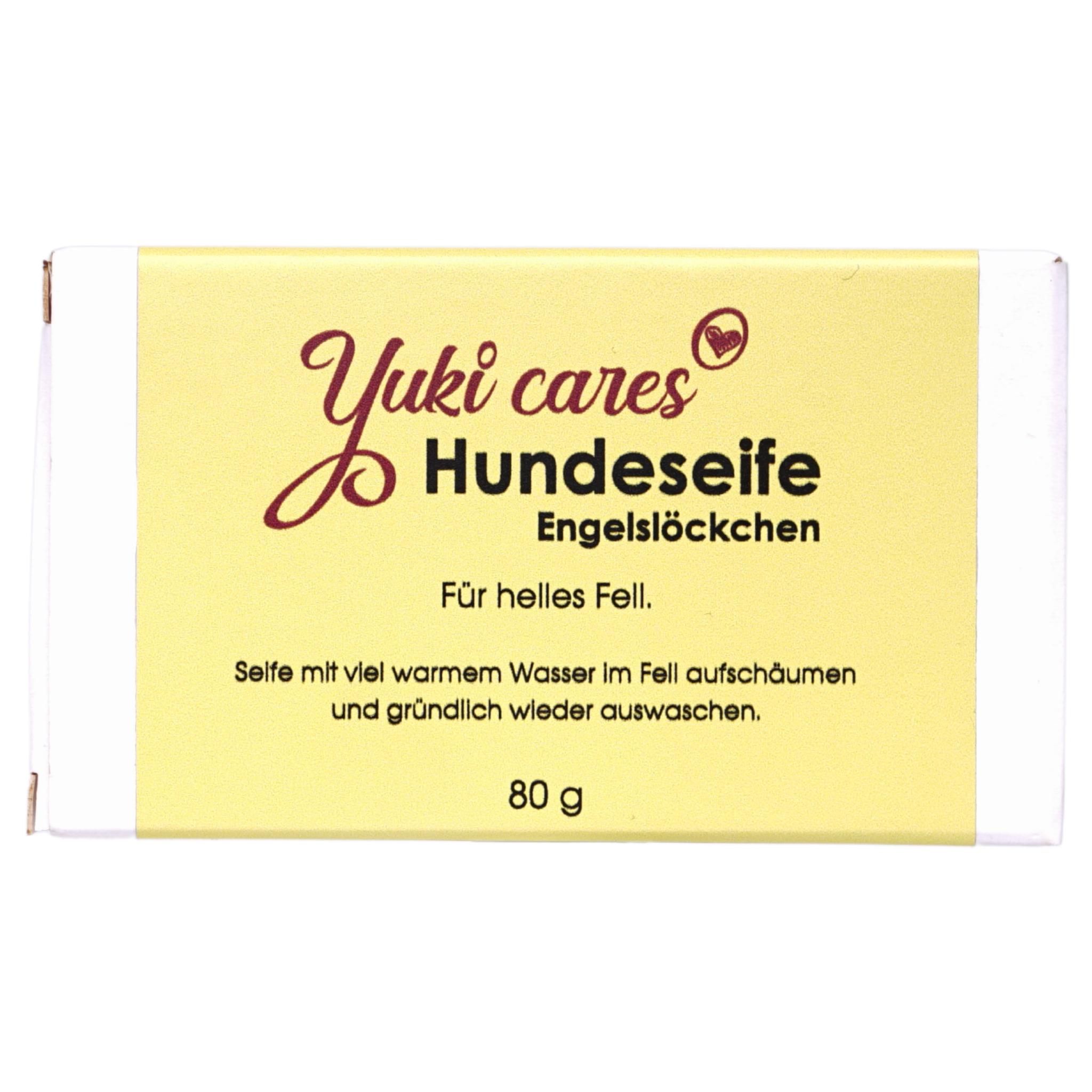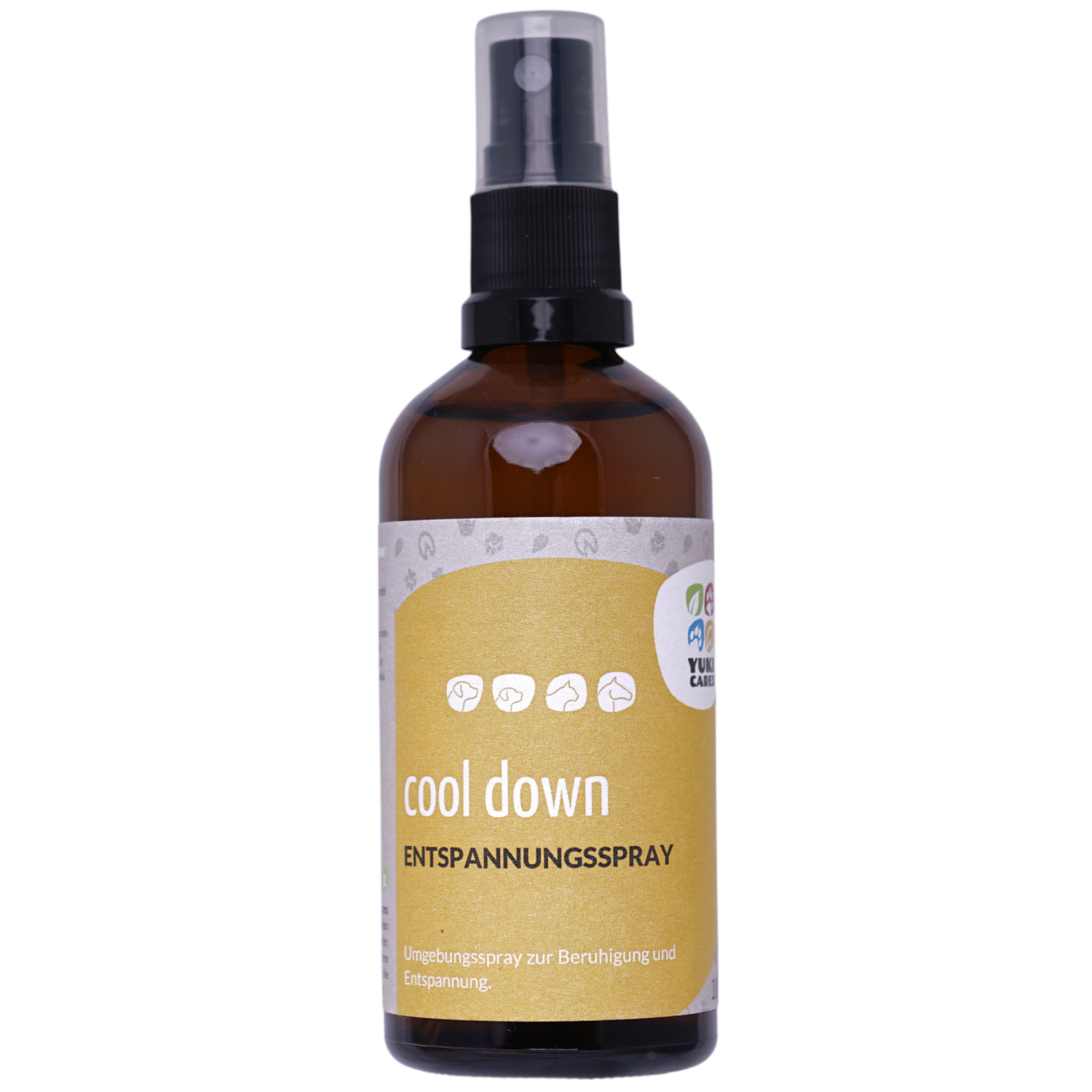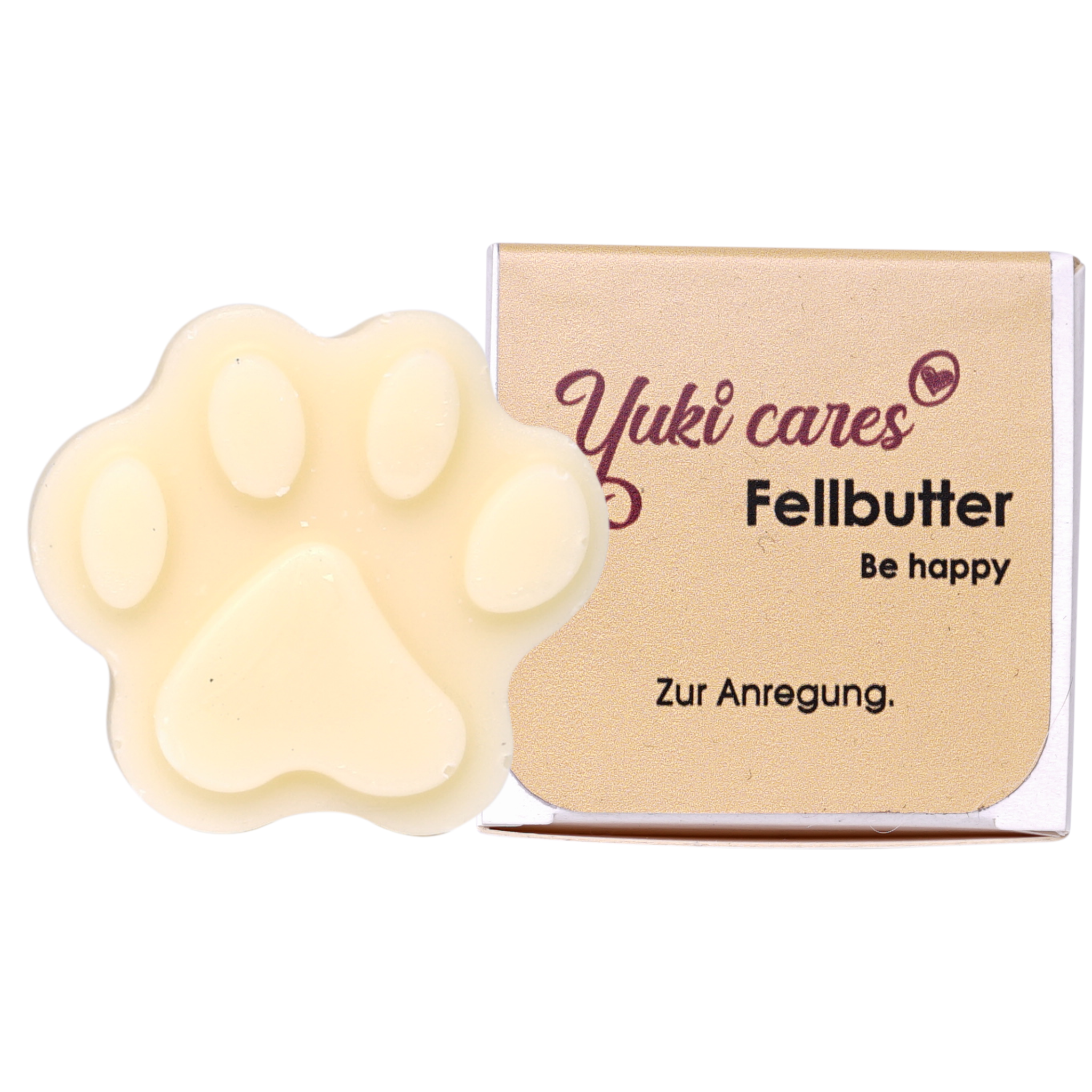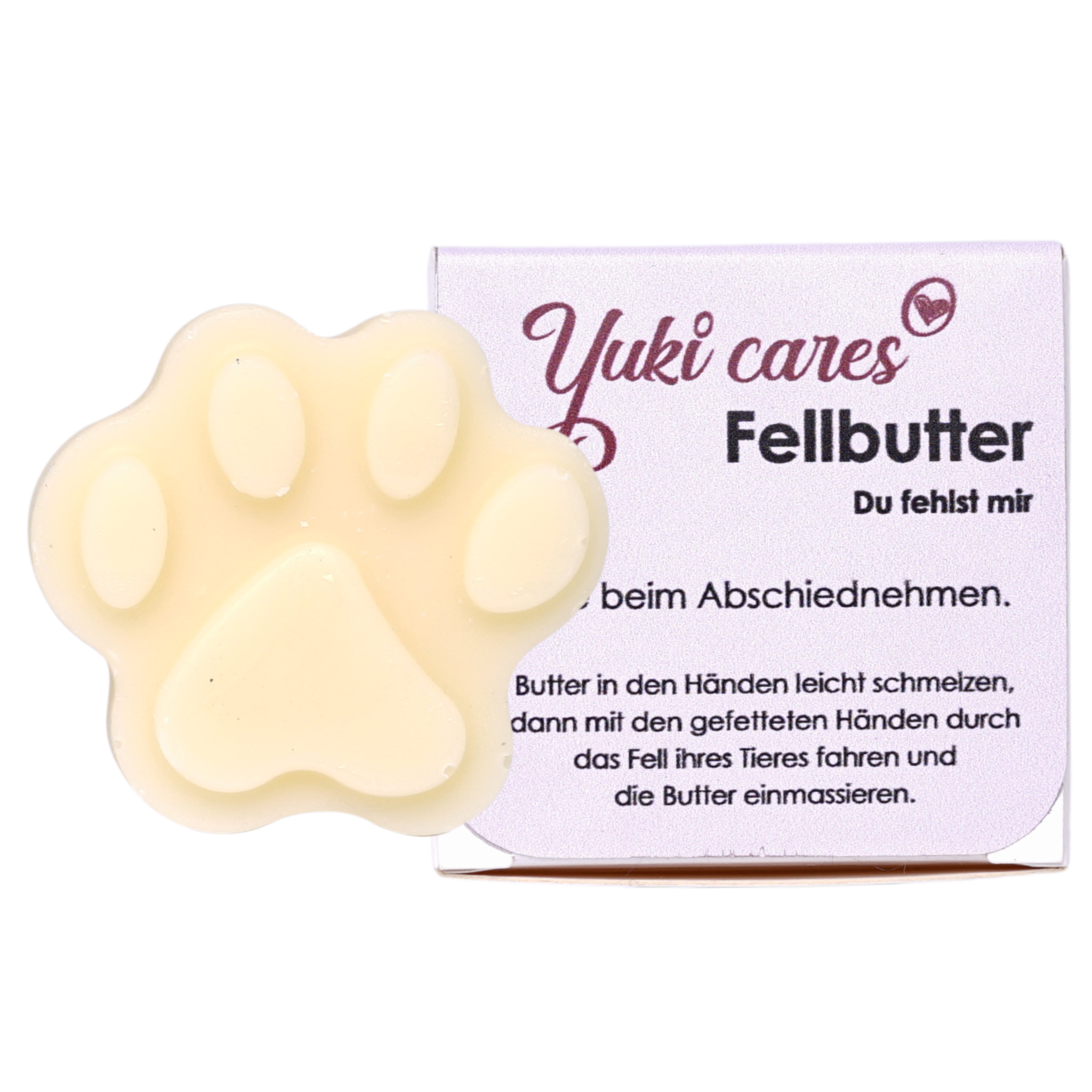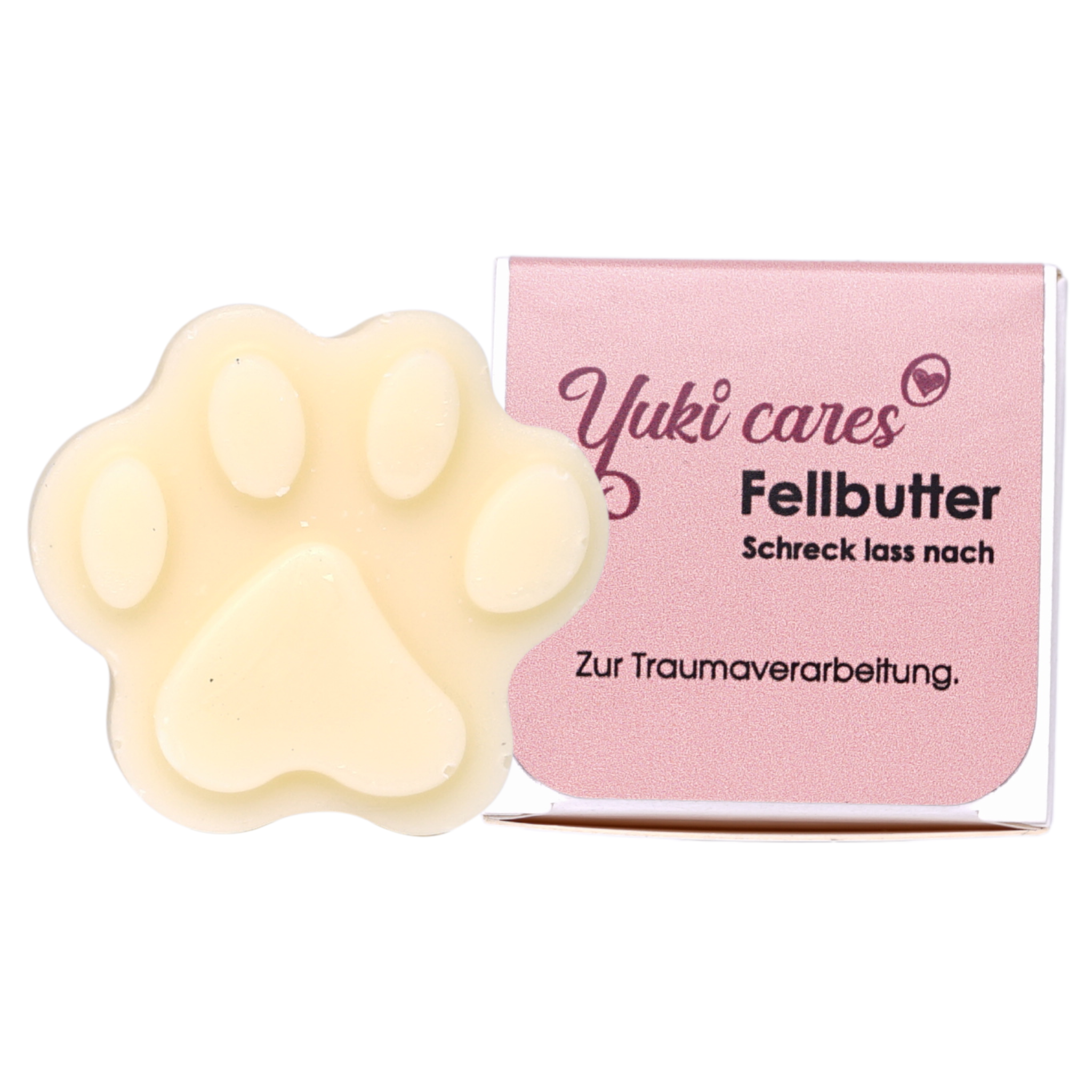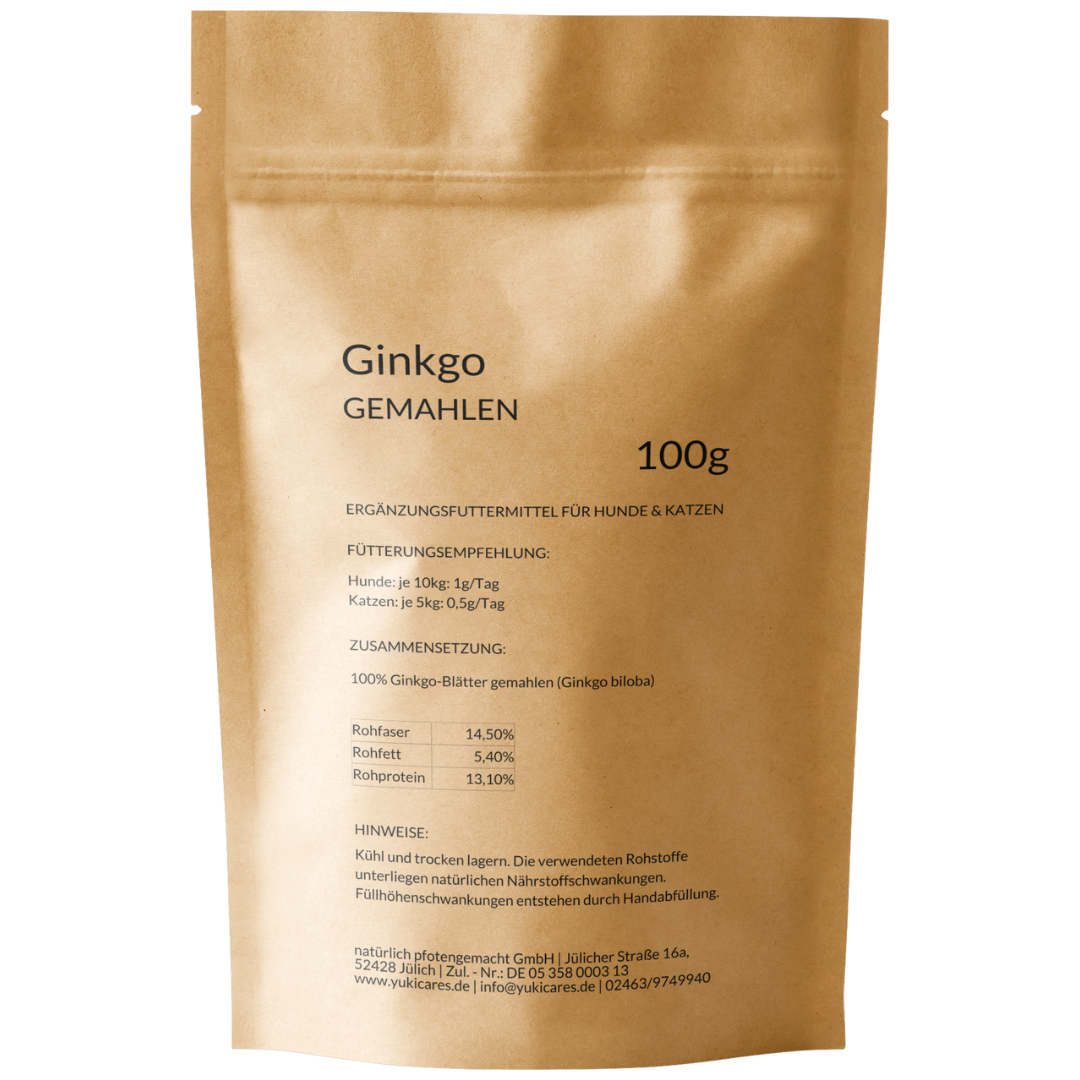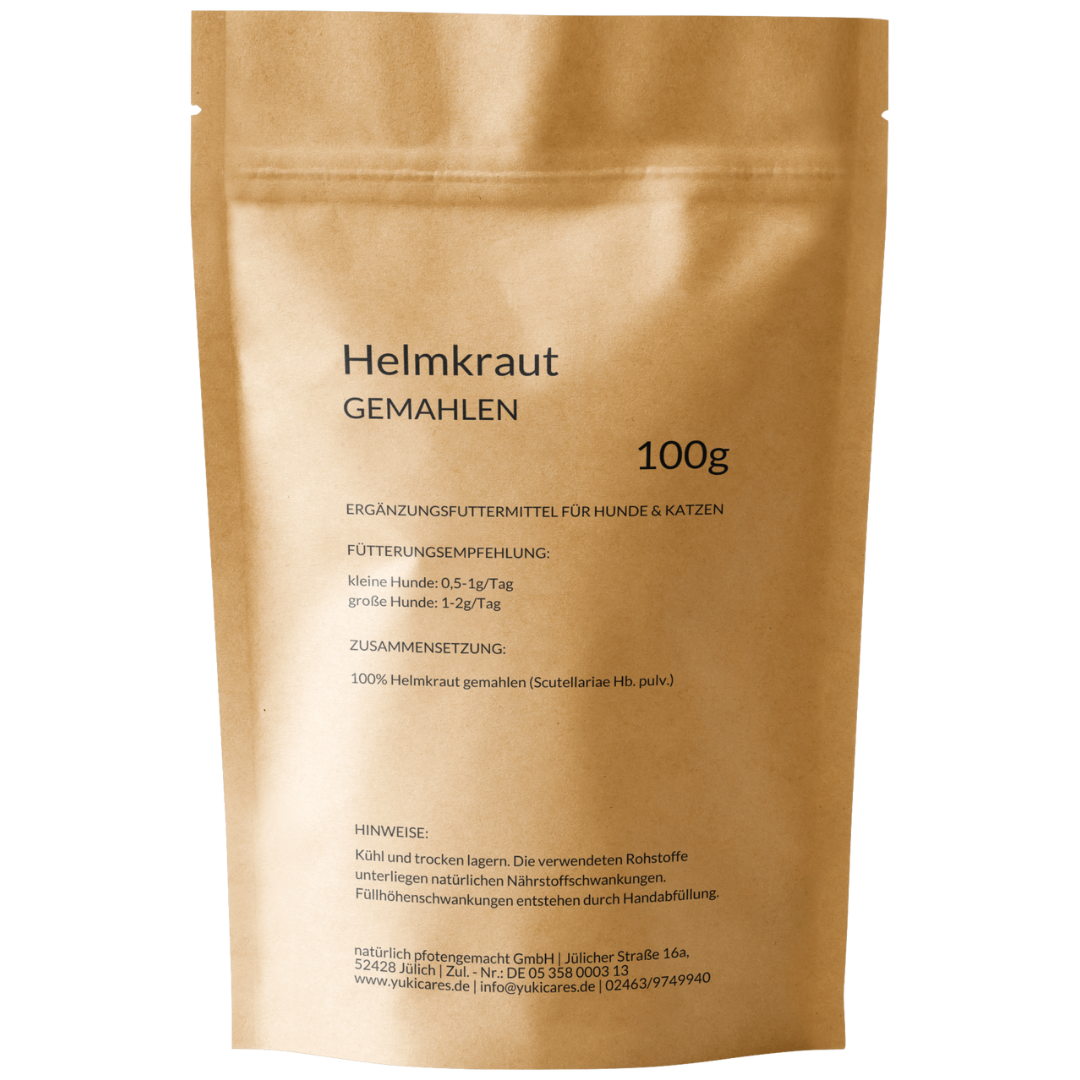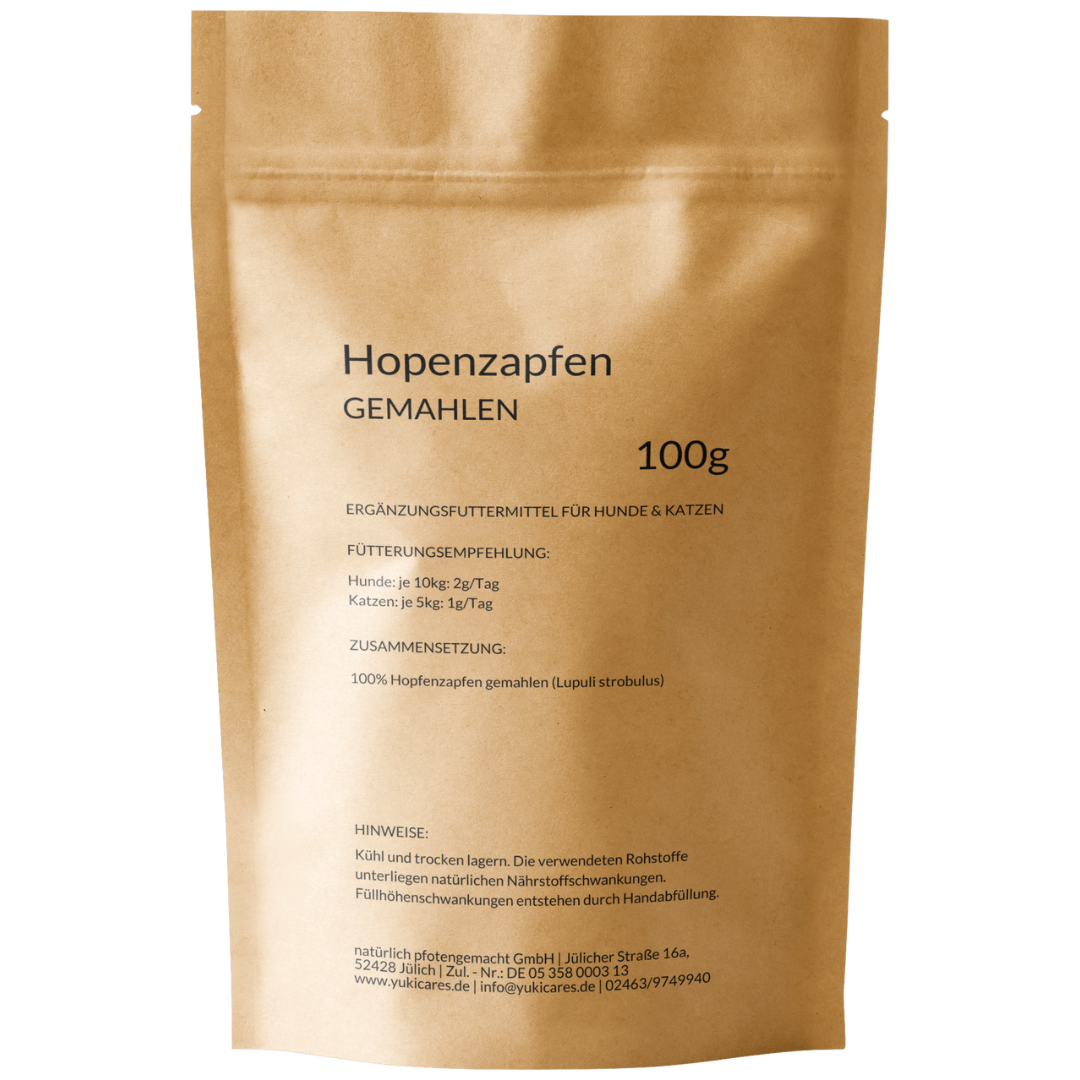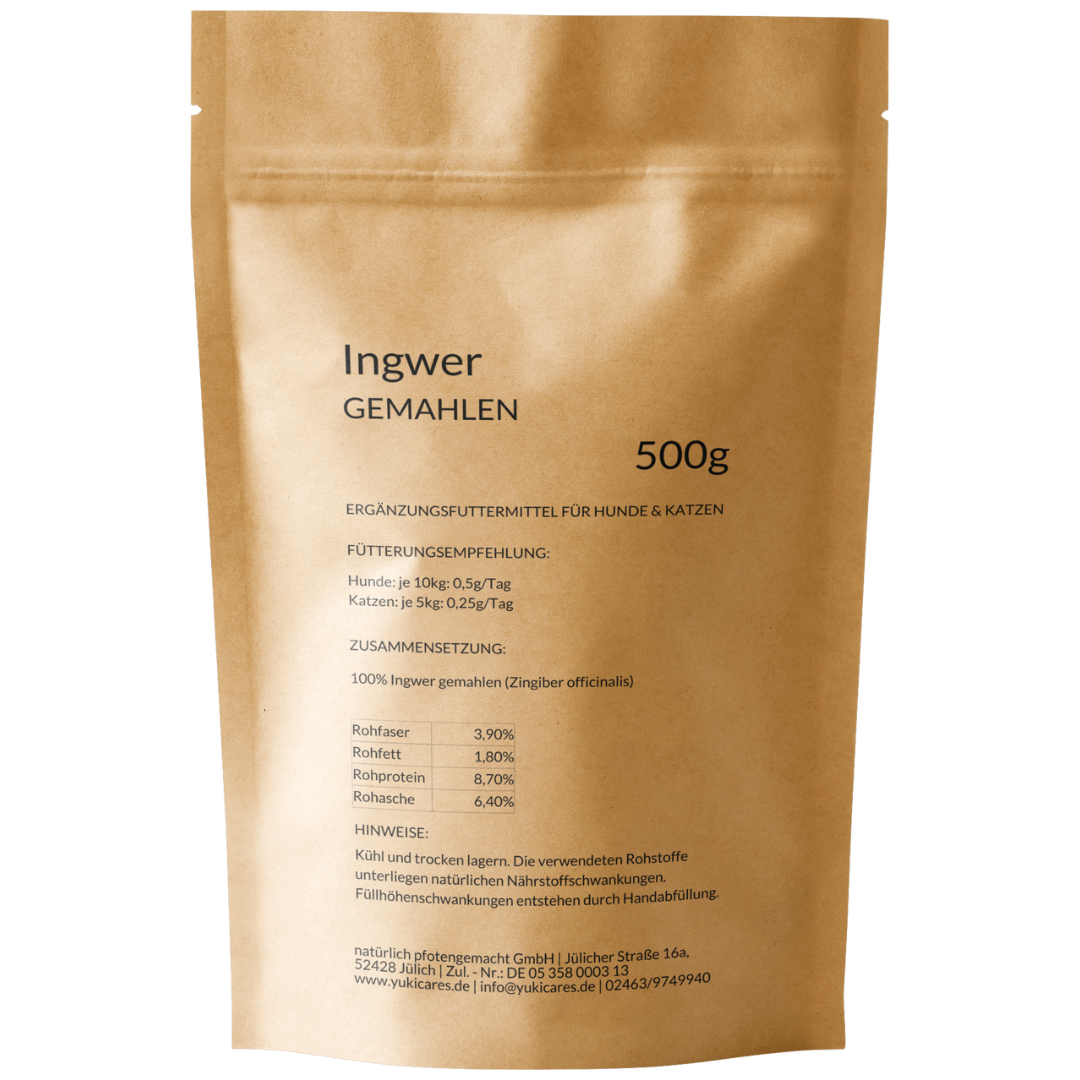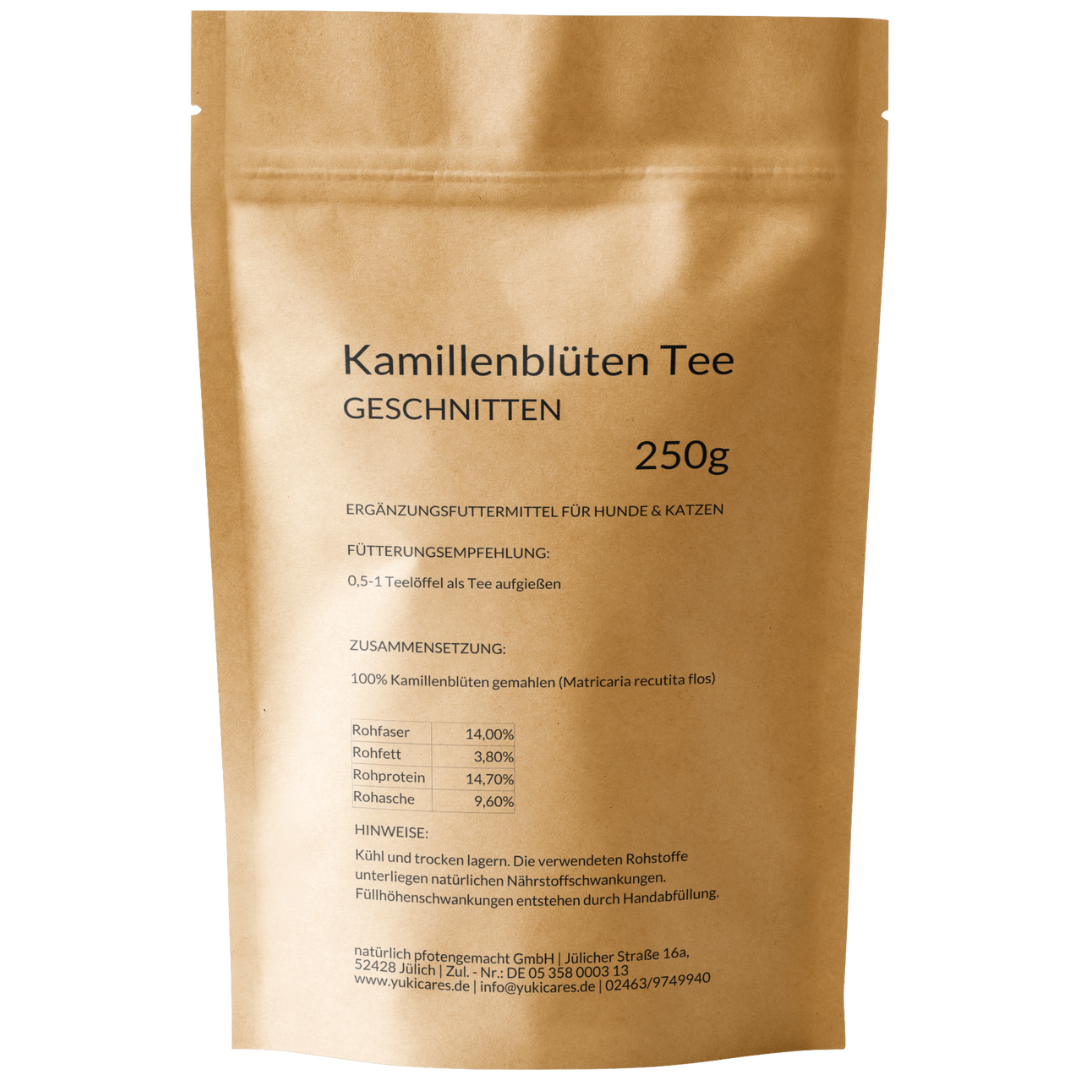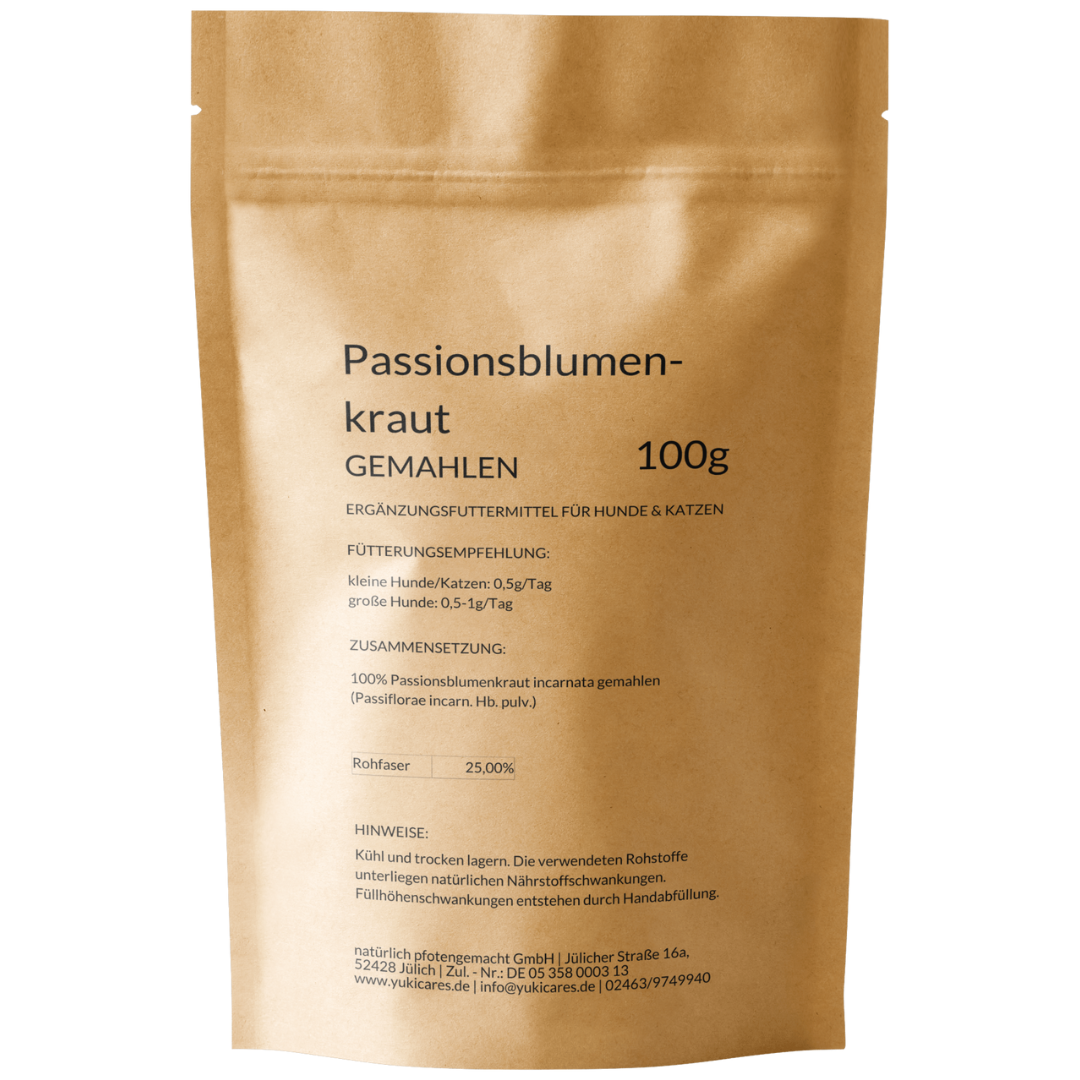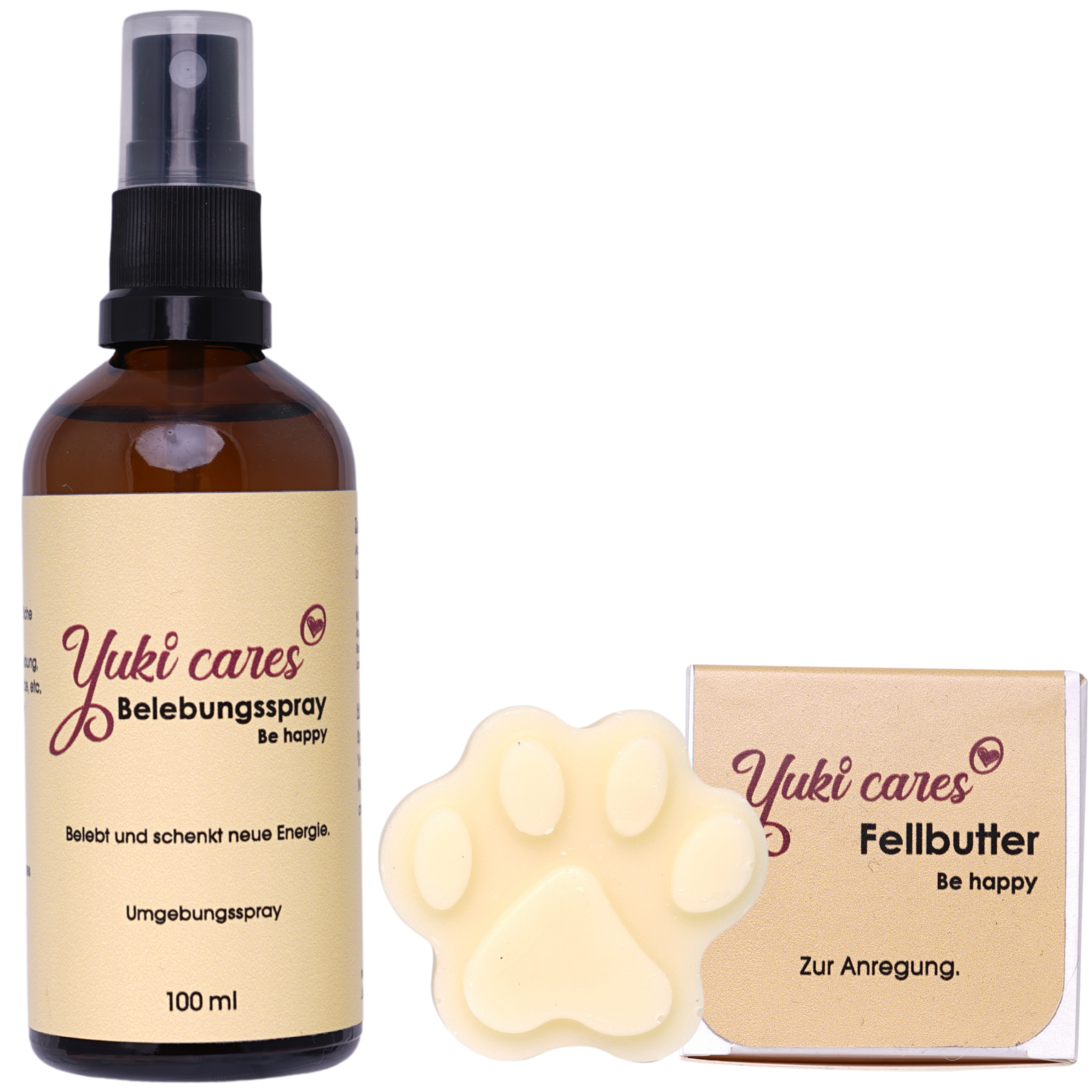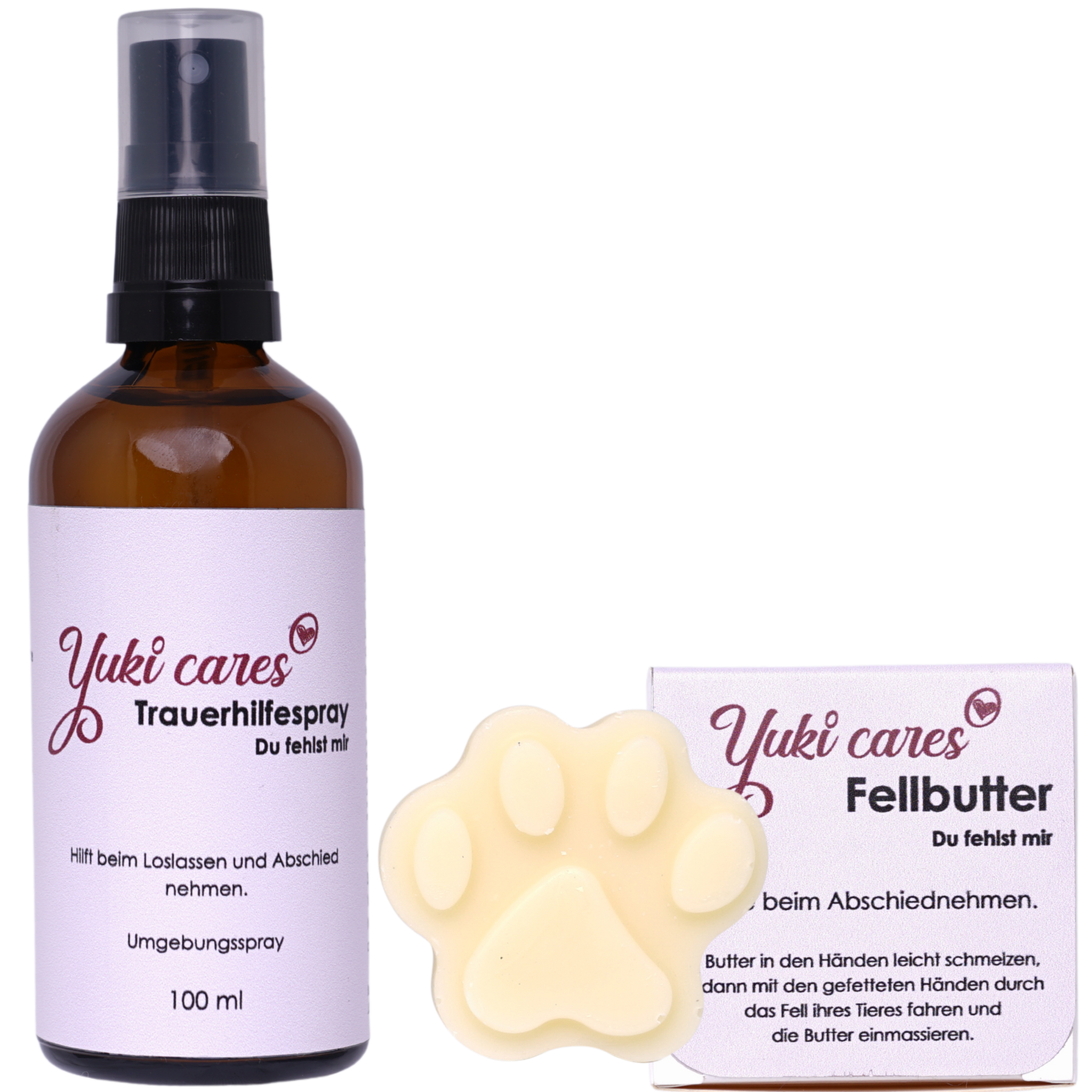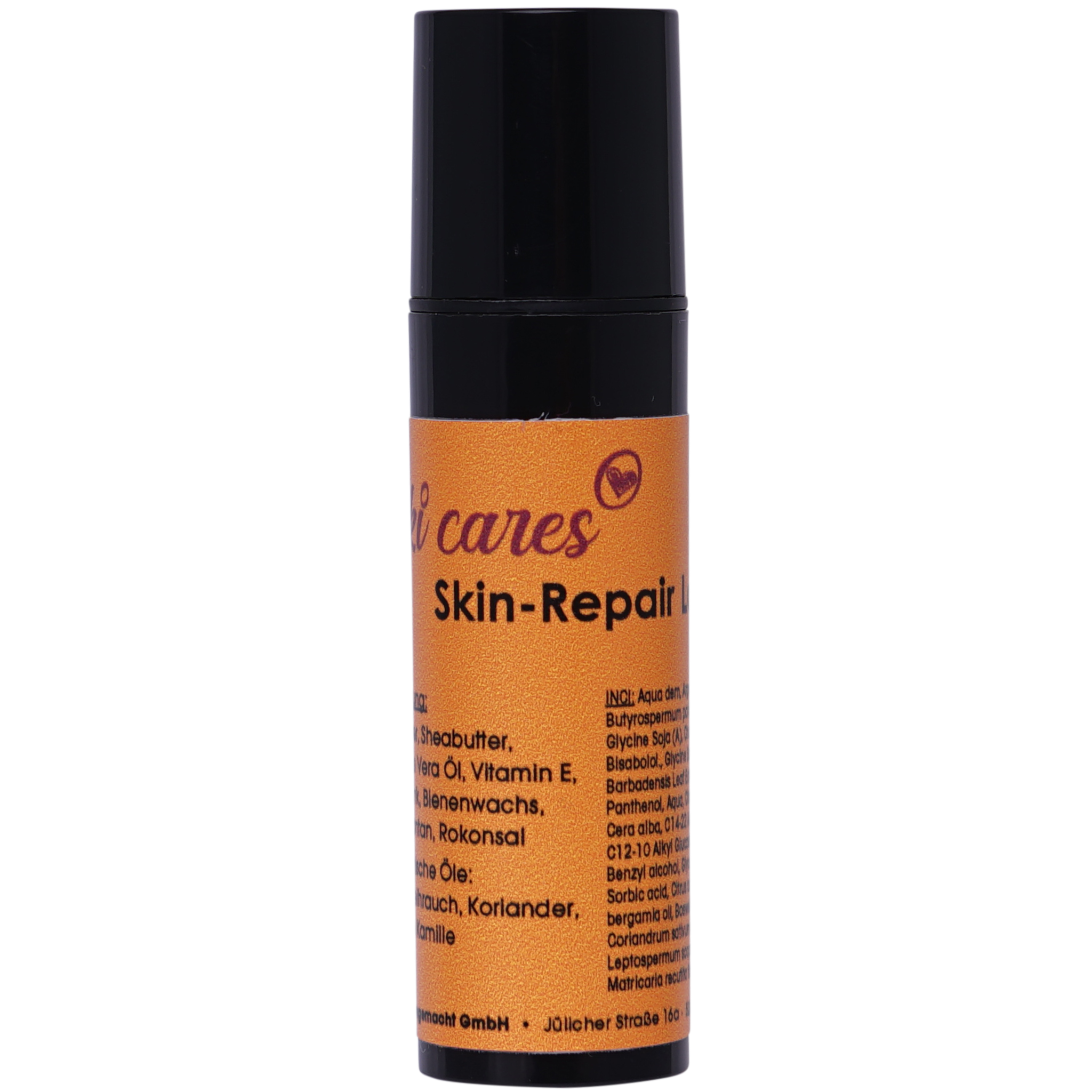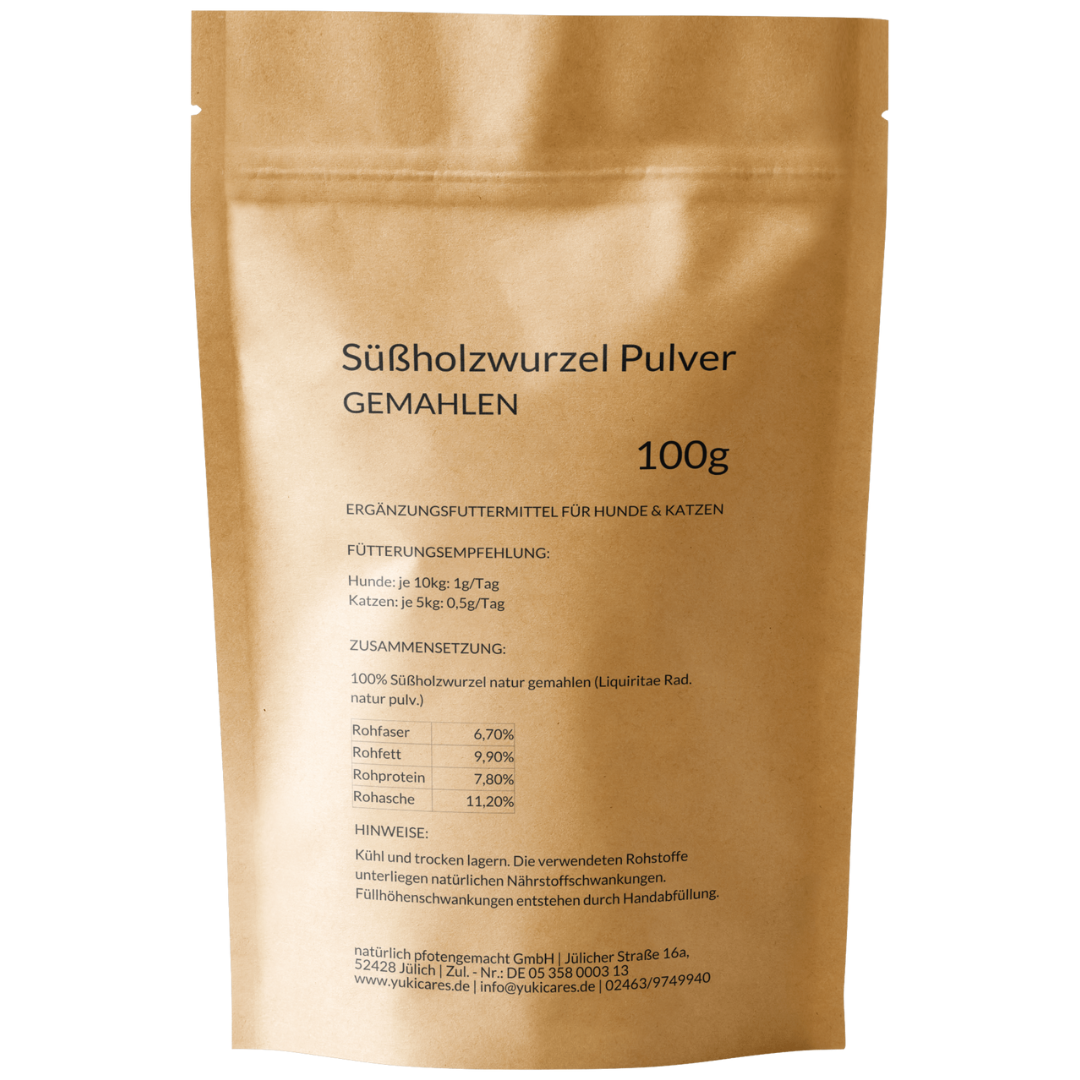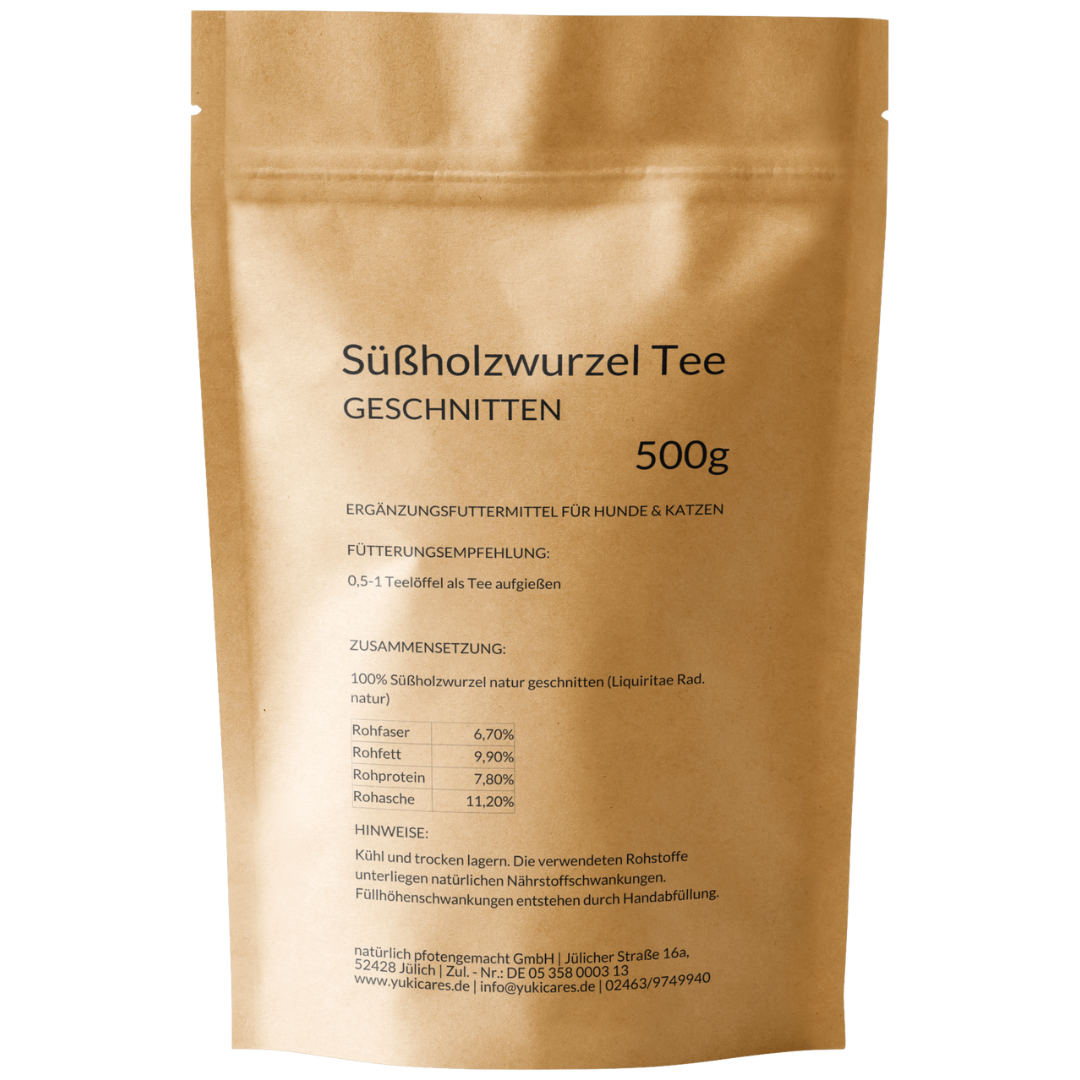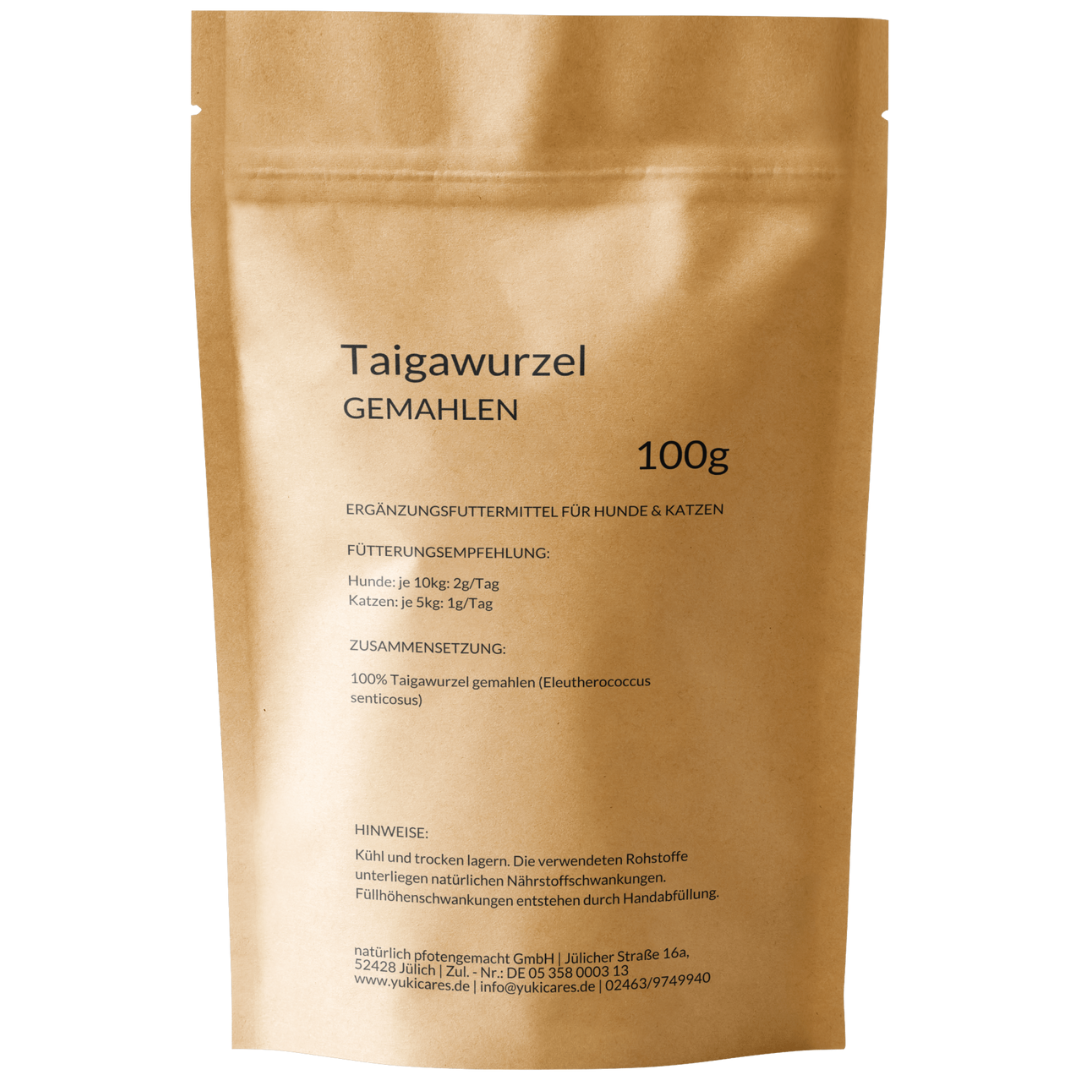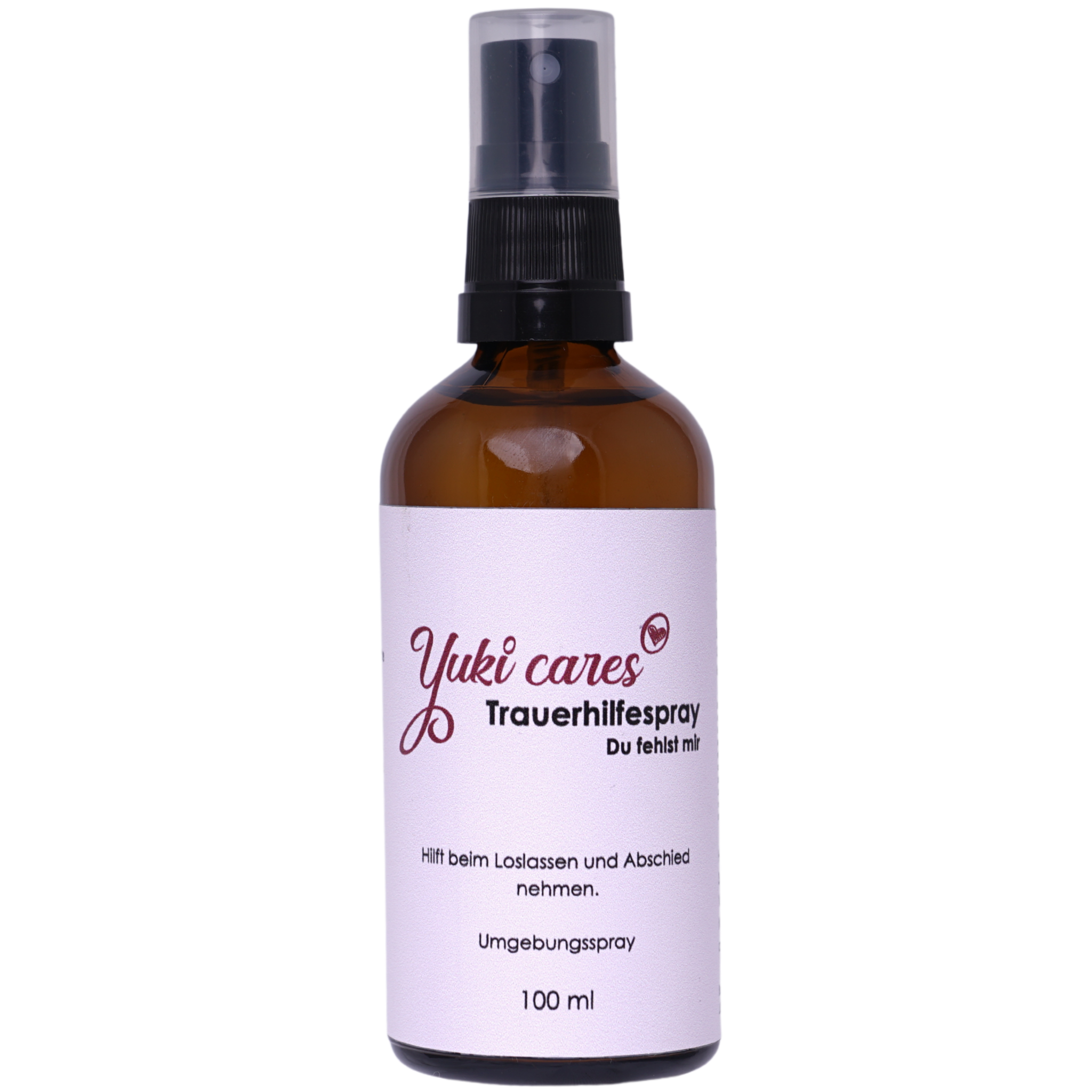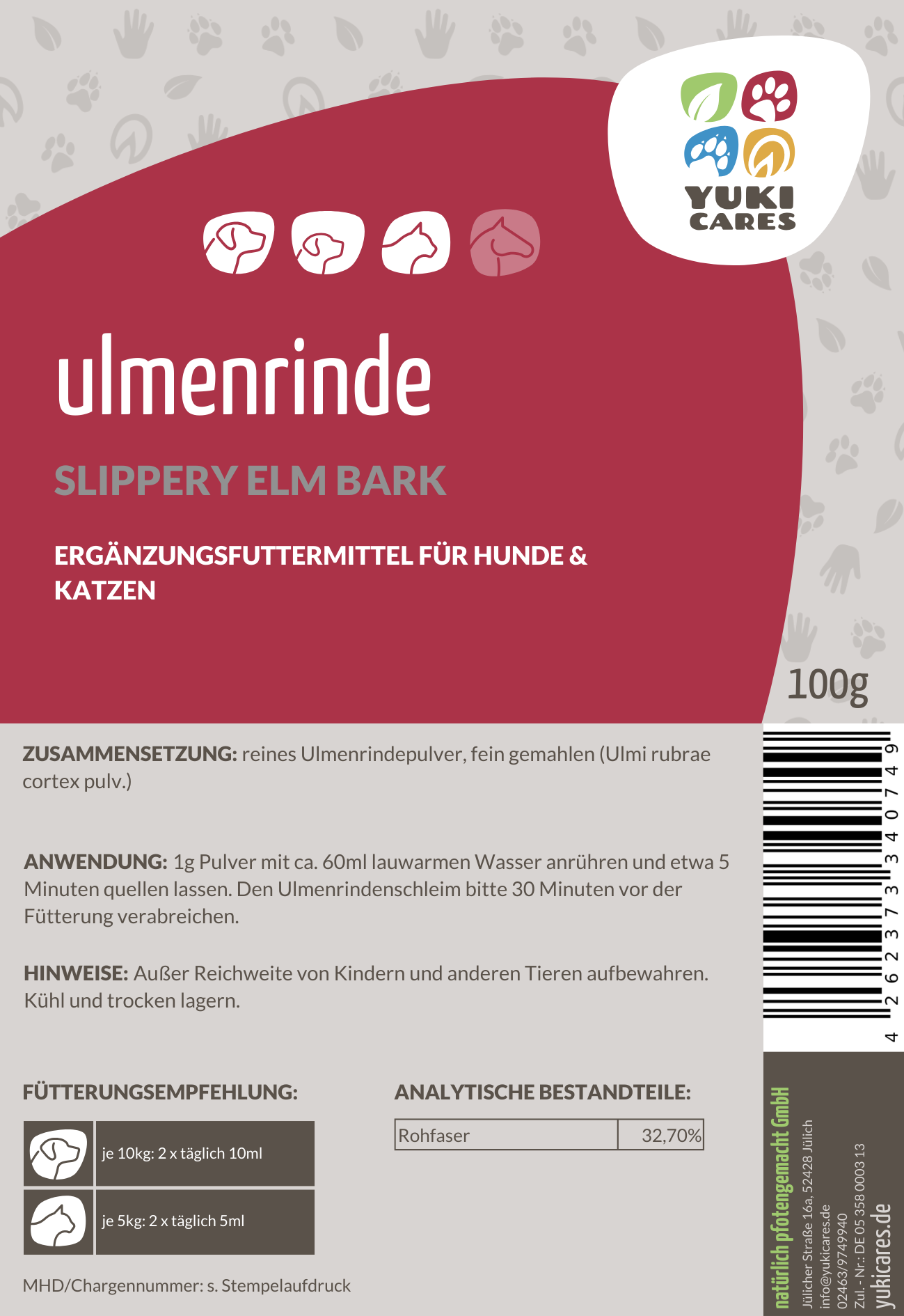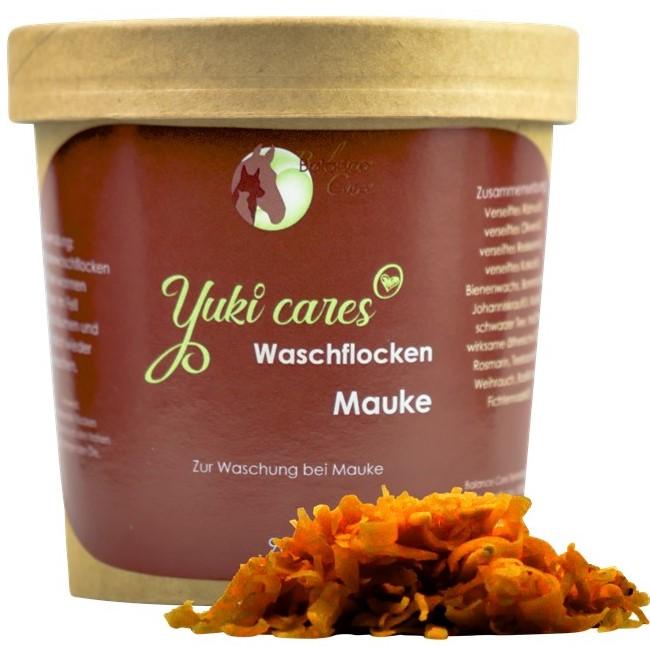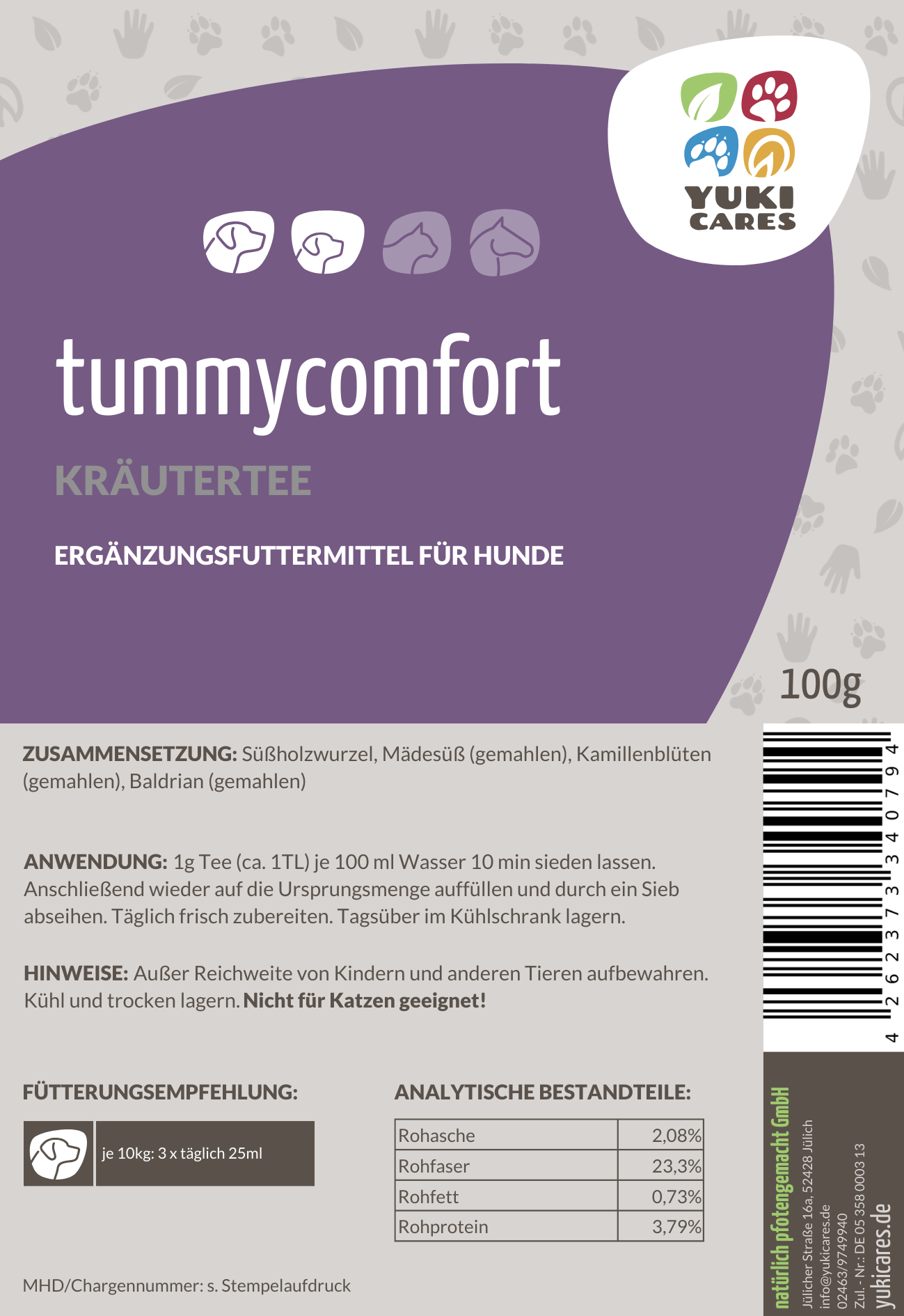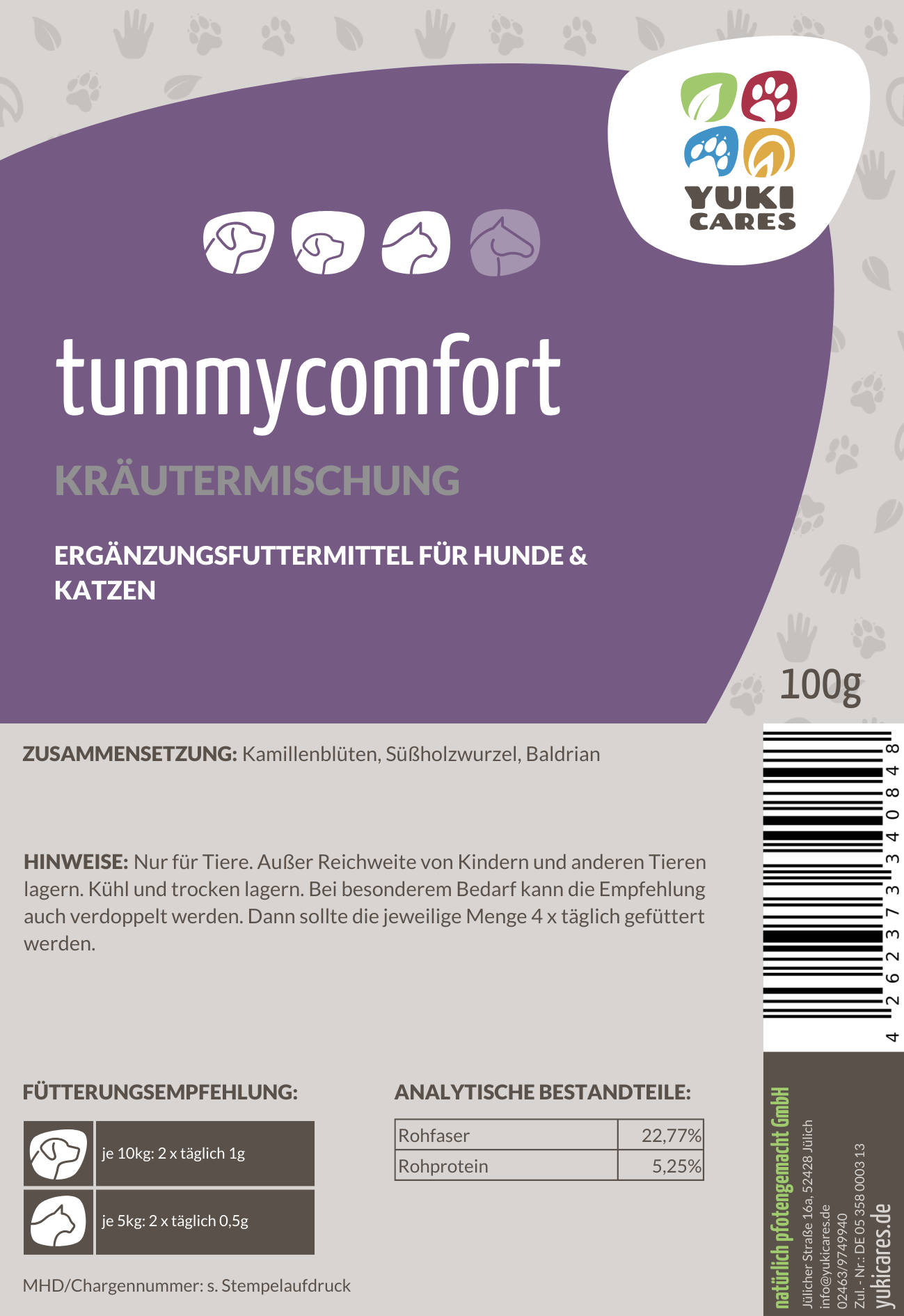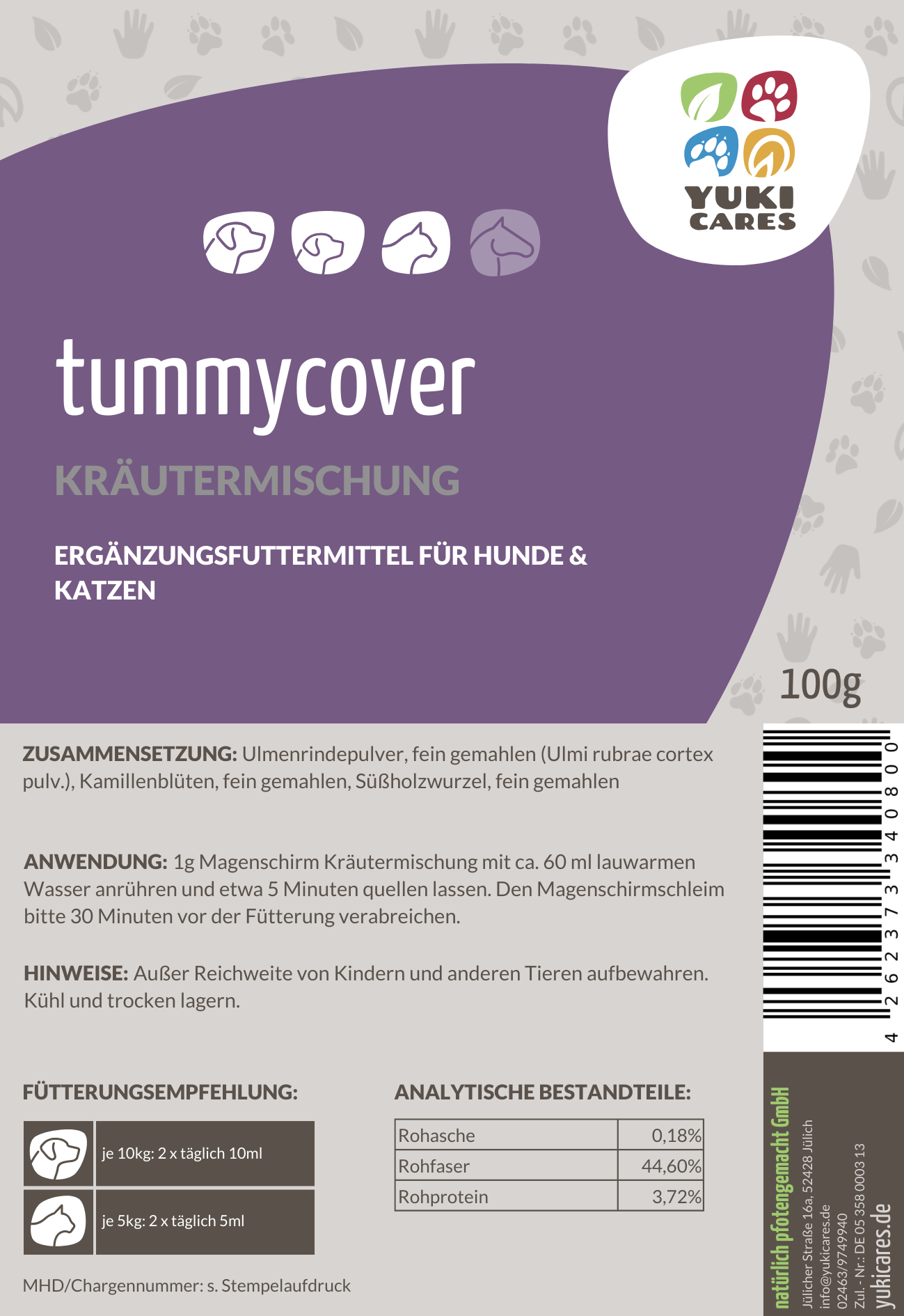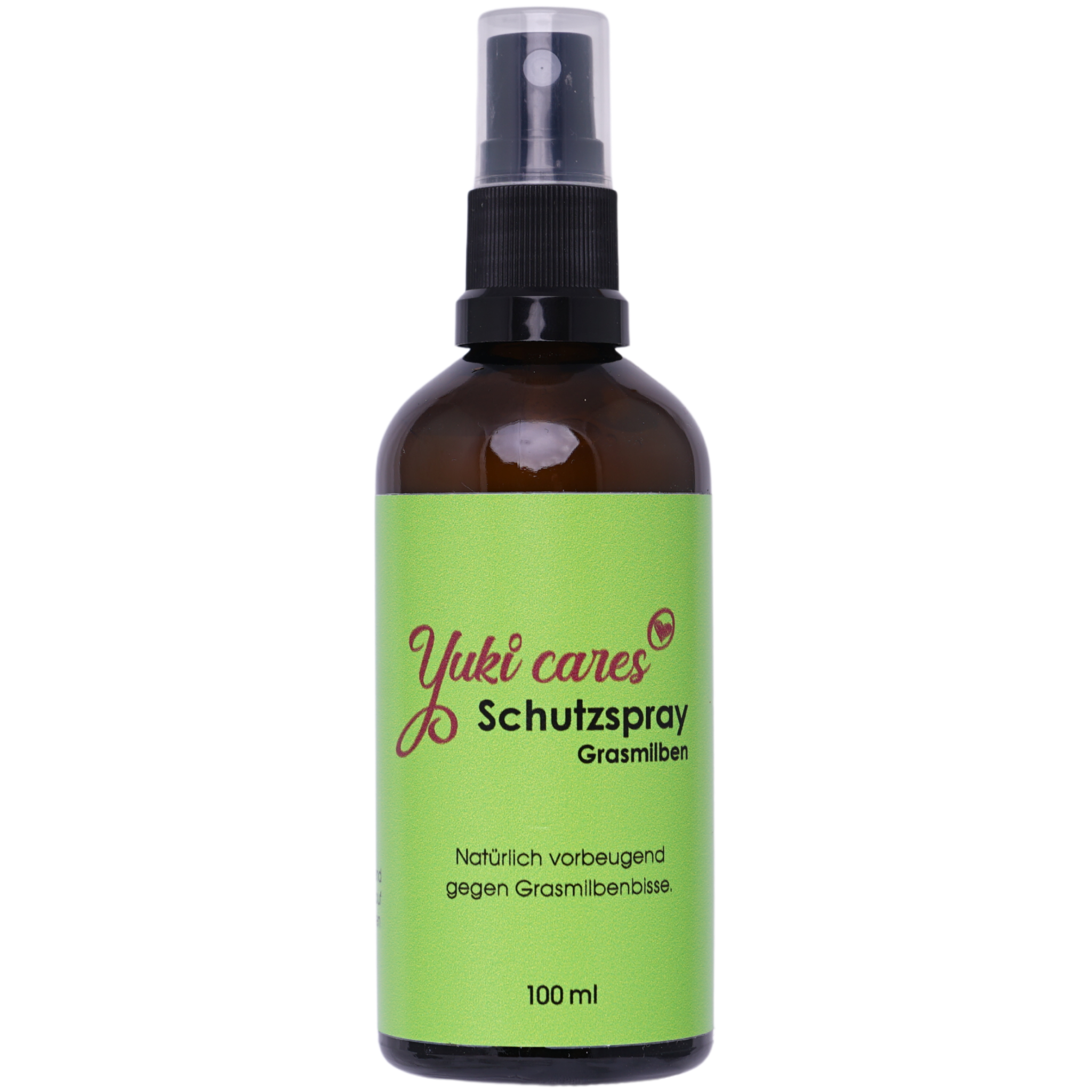
Meat bone broth poultry 400ml
Couldn't load pickup availability
It's me
This is how you feed me
My inner values - composition
My analytical components
This is what you should pay attention to with me
This is how I am made
The Yuki cares wet food – our suppliers

We chose the Naturverbund (Natural Association) from Wachtendonk . They ensure species-appropriate animal husbandry and natural feeding, and source their meat only from selected regional natural and organic farmers. This means our meat is traceable back to the farmer. The farmers behind the Naturverbund are open about their quality and are listed on their website with their names and addresses. This means we know exactly which farms our meat comes from. The high quality of the raw materials, and especially the meat, is very important to us because, firstly, all animals are very dear to us, including those that serve as food for us and our own carnivores. Secondly, high quality also means less exposure to medication, significantly better taste, and, last but not least, better energy levels. High-quality nutrition is especially important for ailing animals, because the body can only function with what you give it. And if that food is of inferior quality, how can it recover or at least function at the best possible level?
We usually purchase conventional goods, which is mainly due to the price.
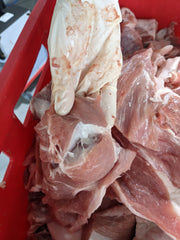
Organic meat would raise the price of feed to a level that would no longer be acceptable for us. Our feed is already in the upper price range, due to the quality of the ingredients and the handcrafted nature of the process; we don't want to and can't go any higher. However, we did receive organic beef offal in our last shipment, simply because we had some leftovers. When we use organic raw materials, we specifically indicate this in the label; this can vary depending on the batch.
 Excluded from this are parts that are not approved or used for human consumption; these are automatically classified as K3 material. This often has a negative connotation, because it includes all materials of animal origin that are excluded from the food chain, such as feathers, hooves, hides, and beaks, often declared as "animal by-products." However, this also includes meat and offal that are not used for human consumption for economic reasons, such as spleen, which we use as a nutrient source in our offal mix. When was the last time you consciously ate spleen?
Excluded from this are parts that are not approved or used for human consumption; these are automatically classified as K3 material. This often has a negative connotation, because it includes all materials of animal origin that are excluded from the food chain, such as feathers, hooves, hides, and beaks, often declared as "animal by-products." However, this also includes meat and offal that are not used for human consumption for economic reasons, such as spleen, which we use as a nutrient source in our offal mix. When was the last time you consciously ate spleen?And since we are a registered feed producer, every food that we receive as such automatically becomes animal feed and therefore K3 material when it crosses our doorstep, because it is no longer allowed to return to the food chain.

The meat that arrives here is absolutely fresh, and we're impressed by the quality. The large cuts of beef can also be used to make top-notch pot roast or goulash (which is why the beef smells so good). We get what we call trimmings from pork and chicken. This is the meat that's left over after the breasts, thighs, and fillets have been trimmed, and what's left over from the carcasses. Both would also be great for schnitzel.
We source all our beef, pork and poultry, including chicken and turkey, through the Naturverbund.
We are still looking for suppliers for other varieties such as horse, rabbit and various fish.
We currently source our vegetables locally from the market, the supermarket, or from local farmers, depending on what and how much we need. If our demand increases, we will also look for a collective supplier to reduce our procurement costs.
Naturally paw-made – feed production

The meat and bones are delivered to us fresh and chilled in the morning the week of slaughter. Some of it is shrink-wrapped in portions, so that we can immediately freeze what we don't use that day. Everything else is roughly chopped (a whole beef liver is quite large) and either processed into food straight away or vacuum-packed and frozen until we need it. The beef muscle meat arrives in roast-sized pieces, which we first cut up by hand and then roughly chop. The pork and chicken trimmings also go through the cutter again briefly to ensure the pieces in the jars aren't too big and that the meat cooks thoroughly. We don't chop it into a mush, but rather into chunky pieces that are still easy to process, so that it mixes well with the other ingredients.

Everything then cooks together in the jar. Depending on the type of meat, the meat will then break down again, but it will not become a fine mush; the meat structure remains recognizable.
We get all the innards whole, and they're all chopped, too, but they're actually ground into a pulp so they blend well. The liver and spleen are already very soft and sloppy, so two turns of the cutter are enough. The kidneys are firmer, so we chop them into fine pieces.
We meticulously ensure that we work with only the right kind of animal and thoroughly clean everything before changing species. For example, we never let chicken or pork come into contact with our food, so allergy sufferers can be completely safe from foreign proteins.
Depending on the variety, all the ingredients are then blended together. We do this in a large mixer, as it can handle larger quantities better than our arms. The additives are precisely weighed, and the nuts and seeds are freshly ground and mixed in. Then we fill everything by hand into freshly disinfected jars, screw them shut, and load the autoclave. Depending on the variety, the mixture is fermented for 20-40 minutes between 105°C and 120°C at just under 3 bar, followed by rapid cooling.

We opted for glass food jars, even though they're a lot more complicated to ship, because we like the sustainability aspect. Once they've been thoroughly cleaned and fitted with fresh lids, we can reuse them for preserving food (so if you live in our area, you're welcome to return them here; please put them in the dishwasher immediately after emptying them so the leftovers don't dry out). But the jars are also great for you as a customer, for jam or just for storage. For example, I keep my sugar by the coffee machine in a jar like this, and I also take my daily muesli to the office in an old glass food jar. Or "mug cakes", also always very popular in a tumbler jar. There are no limits to creativity (if you need new lids, they're also available individually online and in various designs. Search for TO82). We think that's better than canned waste that stinks up the bin.
The food has a minimum shelf life of two years. Anyone who's ever found grandma's old preserving jars in the basement will understand the "minimum" in best before date. 😉 It's important to store the jars in a dark, cool place, such as in the basement or storage room, and not on the windowsill .
This is how long I last
If stored correctly, it will last for at least 12 months after opening.
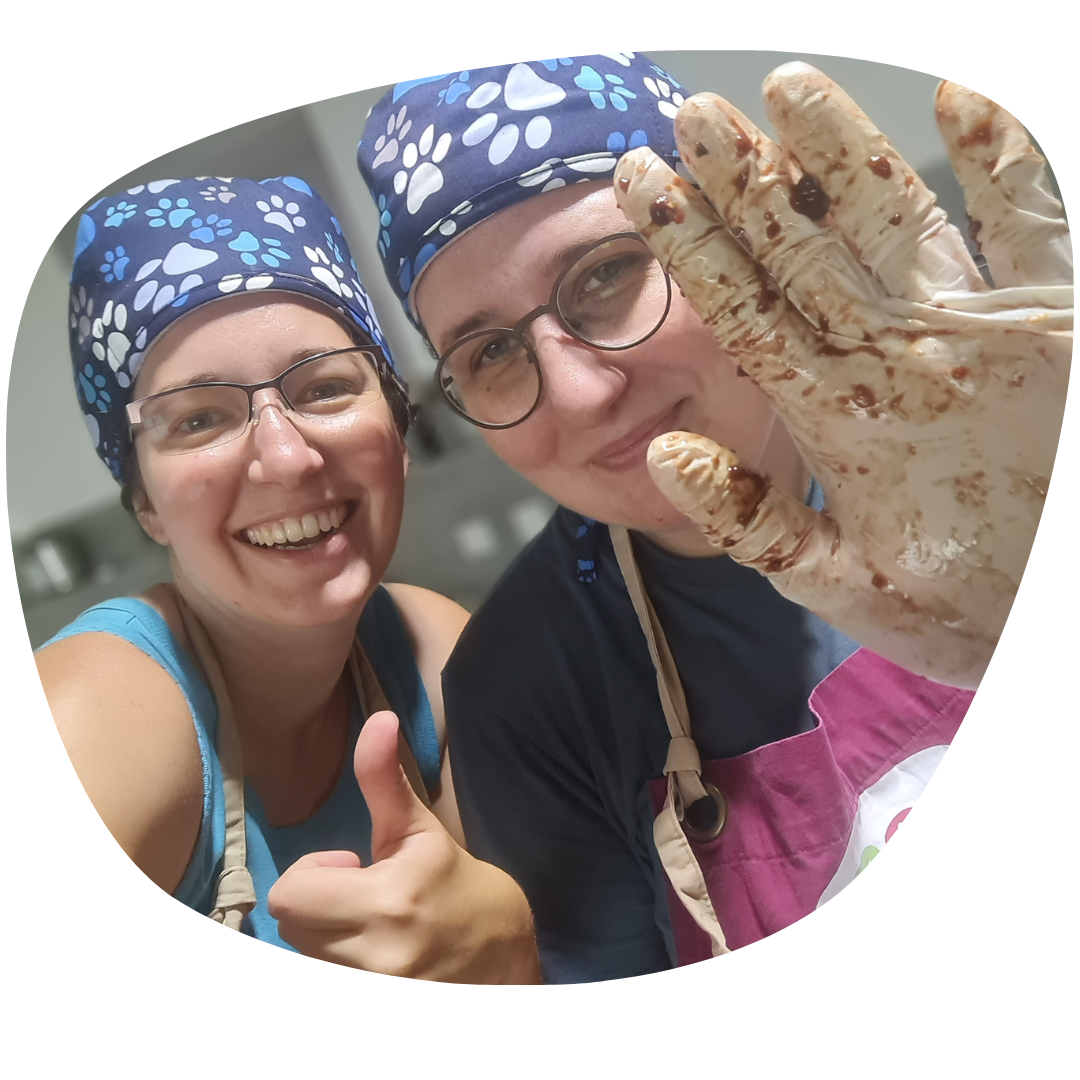
Hi, we are Katrin and Christina,
the founders and developers of Yuki cares!
As a veterinary alternative practitioner, it's especially important to me to choose the right product for your pet. We fully embrace the power of nature and therefore use only high-quality and effective raw materials!




